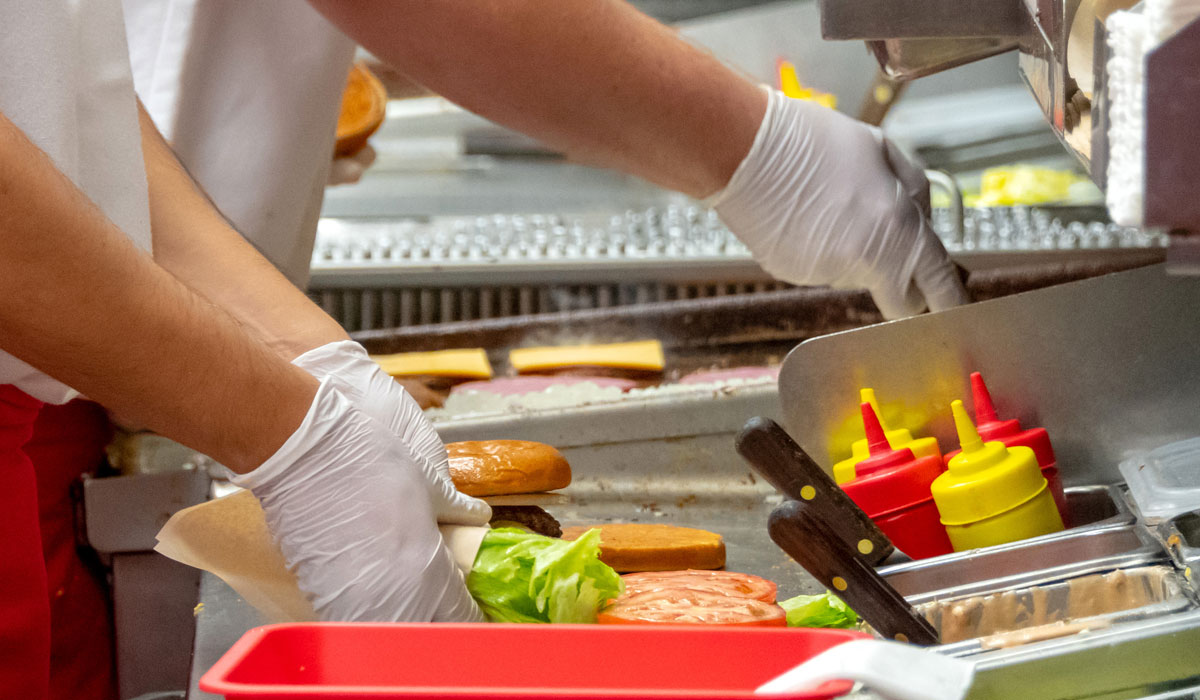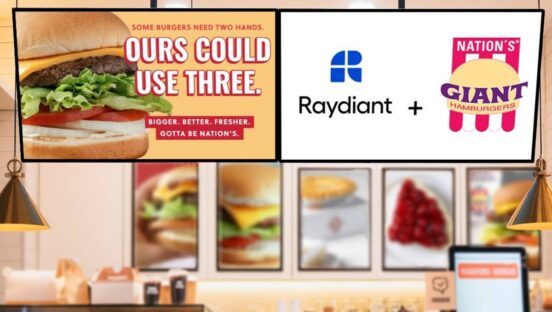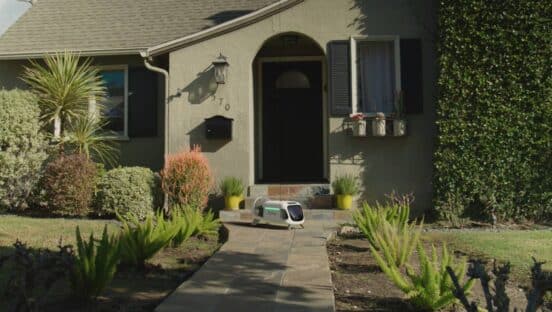When highly successful individuals like Elon Musk, Oprah Winfrey, Bill Gates, and Warren Buffet reach a certain financial level, money becomes secondary to time. Yes, they can always make more money, but time for them becomes a precious resource even more valuable than money. Getting more of it back into one’s day can only be achieved by evaluating where time is being wasted and then using techniques and technologies to recapture that lost commodity.
When operators build efficiency strategies within a restaurant business, the implemented tactics hold a promise of generating more time through the process of eliminating the waste; those strategies can also deliver better value for customers, improve reputability, create more manageable costs, and promote higher staff productivity. Yet, restaurant operators may feel that carving out the initial time to uncover those gaps that often lead to wasted effort is a problem within itself. Another holiday season arrives, busy nights ensue, and that desire to improve operations slips between the cracks. However, operators must consider the wisdom of one of our nation’s great leaders. The importance of spending a little time now to create more efficiency later is no better illustrated than through the words of Abraham Lincoln, who once said, “Give me six hours to chop down a tree and I will spend the first four sharpening the axe.”
How to Sharpen the Restaurant Operational Edges
To create a smarter, more efficient operation, let’s start by looking at three areas within the hospitality industry that hold the most potential for improvement:
- More restaurant staff efficiency
- Better guest efficiencies
- Efficiency within the business as a whole
While all three of these areas can be evaluated in total, it’s typically best to focus on one improvement area at a time in these early stages. If a process or technology solution arises that addresses more than one area, then that can be weighed later. For now, isolate each area, uncover the biggest time-wasting area, develop the tactics to use, then plan for implementing and measuring improvements.
Once operational gaps are pinpointed, ruthlessly eliminate those activities so that improvements can be realized. Operators typically have some knowledge of where energy, time, or product waste is occurring, but he or she may not immediately understand how these are causing ripple effects throughout the organization. Obtaining staff input from those employees affected by the issue ultimately ensures knowledge that originates from its source. At the same time, probe deeper by asking staff what other areas need improvements. Soliciting staff opinion will ultimately help confirm their value to the team and instill partial ownership of the solutions once implemented. From this input, select a minimum of two issue-prone annoyances to tackle, and begin.
Most of the time restaurant operations continue day-by-day in the manner in which they ended the day before. However, by examining present day organizational problems against the solutions that can lead to more productive operations, extra time can magically appear so that other areas of the business can receive the focus they deserve.
Creating Stellar Staff with Efficiencies
Gathering staff feedback for problem areas can often set in motion the answer to the problem at the outset—improved employee attitudes. When employees don’t feel heard, they shut down and problems ensue. Every team member’s attitude, from the head chef to front of house hosts, all the way down to the high school junior who sweeps the floors will improve through regular visits from management who listen to their suggestions. According to McKinsey & Company, productivity improves by 20–25 percent in organizations with connected employees. Operations will run smoother when communication flows and efficiencies are put in place.
A few of the restaurant problems that arise in restaurants without staff efficiencies include:
- Low staff performance
- Stress-filled shifts that increase safety risks
- Poor communication between teams
- Increased staff turnover
Today’s restaurant staff expects to work in a productive environment and that often means operators must implement technology to help them meet and exceed customer needs. Putting a point of sale (POS) system in place may be one of those technologies that illustrate how management values time for the staff. If servers have used a POS system at other restaurants where they’ve worked previously, once hired to work in a restaurant operation without one can add to frustrations and wasted time.
If a POS system is already in place, organizational improvements can be furthered by implementing technology that builds upon the time saved at the point of sale. Many digital operation platforms that integrate with a wide variety of POS systems can automate the kitchen while giving front of house staff the tools to improve management of guests.
Ensuring Grateful Guests with Efficiencies
Nothing turns away customers like a crowded restaurant with long wait lines, only to discover their workaround for that scenario—a reserved table—has been scheduled for the wrong time, or double-booked. If this occurs far too often within the organization, technology exists to correct the problem. A guest management platform can improve areas that satisfy guests and staff alike.
Some of the issues that occur in restaurants that have not deployed a restaurant management platform are:
- Unorganized wait staff
- Inability to manage online reservations
- Dwindling guest traffic
- Failure to quickly respond to guest complaints
As with improved efficiencies for staff, guests also appreciate being heard, so from the get-go, implement a method to start collecting customer feedback. An operation can’t improve guest satisfaction if it does not listen and respond quickly to complaints or suggestions. Wagering a guess as to why customers aren’t returning for their next dining experience is operating with one hand tied behind the back when so many digital solutions are available to facilitate the collection of guest feedback at the end of every meal.
Whether it’s in the restaurant, financial, healthcare or energy sectors, implementing customer efficiencies that save them time and increase satisfaction affects the entire organization. Last year, the Temkin Group, a thought leader in the experience economy, stated that a moderate increase in the customer experience generates an average revenue increase of $823 million over three years for a company with $1 billion in annual revenues.
Affecting the Entire Operation through Efficiencies
When implemented, restaurant efficiencies rival the banking industry’s secret sauce: compounding interest. And by now, the financially astute know that the sooner you begin, the more you’ll have when you need it. The same is true for restaurant technology and the efficiencies the right solution can provide. Additions in efficiency add up quickly; when a restaurant brand begins scaling, technology improvements today pay huge dividends later.
As an operator ditches the inefficiencies of pen and paper for a kitchen automation solution, back of house operations become nimble and highly responsive to changes in the front of the house. This technology adoption also increases staff cooperation where a previously siloed team with an “us against them” mindset is transformed into one where everyone feels they are working on the same team to achieve a common goal—customer satisfaction.
With the right kitchen automation system, busy kitchens have access to real-time production information, better bin management, programmable prep times, and from a management level, operators can access an enterprise portal to view data anywhere they are. If kitchen operations still run on spreadsheets, then an upgrade is in order to maximize efficiency. Without an automated kitchen, individual restaurant functions suffer, and time is wasted from front of house to back of house.
Here are some of the problems experienced by restaurants that have not automated kitchen operations:
- Out of date inventories
- Poor stock management and rotation
- Inadequate forecasting of stock levels
- Inability to address restaurant trends such as off-premises dining
When time isn’t set aside to anticipate trends and the technologies that address upcoming trends like ghost kitchens, a rise in third-party delivery companies, and off-premise dining, competitors can quickly get a leg up and surpass any past gains an operator may have made. Even though the restaurant industry is known for its low margins, operators can do more with less, but not without the technologies in place to enable that transition and enable more time for staff, guests and the overall operation.
Restaurant efficiencies are critical for long-term survival. They save businesses from further earning declines; they improve growth, but best of all, they ensure a pleasurable dining experience for all parties involved.
Lee Leet is the CEO of QSR Automations and founded the company in 1996. QSR has become an industry leader in technology stack integrations, after developing industry solutions that advance restaurant innovations and empowerment. ConnectSmart Kitchen, a kitchen automation solution, and DineTime, a guest management platform, create a digital operational platform for restaurants efficiencies that manage resources, time, staff and the dining experience.












